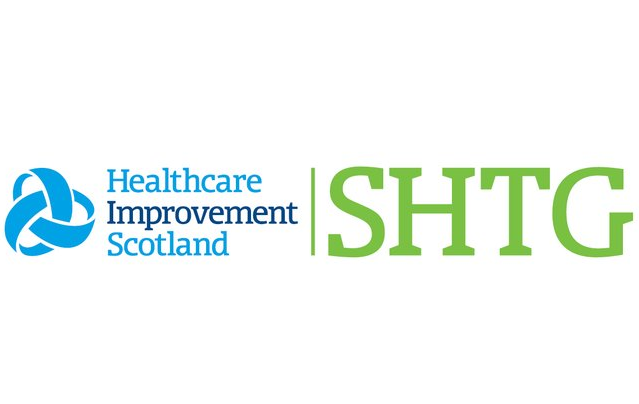Recommendations and SHTG Council considerations

SHTG Recommendations for NHSScotland
Complex endovascular aneurysm repair (C-EVAR) is associated with a limited and low-quality evidence base.
The advantages of C-EVAR remain unclear compared with:
- open surgical repair (OSR), in people for whom OSR is a suitable intervention, and
- non-surgical management, in people for whom OSR is not a suitable intervention.
C-EVAR of complex abdominal aortic aneurysms (AAAs) or thoracoabdominal aneurysms (TAAAs) offers an alternative to OSR and is often considered for patients with perceived moderate/high operative risk.
All patients for whom the use of C-EVAR is being considered should have their case discussed as part of a multidisciplinary team. The consequences of C-EVAR, including uncertainties around reintervention and survival, should be discussed with each patient as part of making a treatment decision.
Within the literature, patient selection between C-EVAR and OSR varies because of a lack of consensus regarding grading of operative risk. NHSScotland should develop a service configuration model that supports a consistent and evidence-based approach to patient assessment and treatment. This will support standardisation of best outcomes for patients and facilitate the collection of outcomes data.
All C-EVAR undertaken should be documented as part of a formal audit and data collection programme.
NHSScotland is required to consider the Scottish Health Technologies Group (SHTG) advice.
How the Council reached the recommendation
When formulating their recommendations, the Council took into account the published clinical effectiveness, cost effectiveness and safety evidence, as well as the views of topic experts.
- The Council confirmed that the complex aneurysms included in this review were juxtarenal aortic aneurysms (JRAA), pararenal aortic aneurysms (PRAA), suprarenal aortic aneurysms (SRAA) or TAAA. The treatment of infrarenal aneurysms or aneuryms isolated to the thoracic aorta were not included.
- The Council noted that the published evidence base consists of lower-level observational studies, the majority of which are prone to selection bias, with patients at higher surgical risk being offered endovascular treatment. The Council supported the need to describe all the available information along with its limitations. The Council also noted that the evidence mostly relates to the elective repair of unruptured aneurysms.
- The Council highlighted the need for higher-quality evidence, with reference to the forthcoming UK COMplex AneurySm Study (UK-COMPASS) that may help address some uncertainties around this topic (scheduled to complete in 2024). The lack of published information around patient views was also noted.
- The Council acknowledged that the most robust economic evidence comes from the NICE guidelines on AAA, which excludes TAAAs, and that the analysis was limited by the lack of high-quality clinical effectiveness evidence on C-EVAR.
- The Council noted that despite the lack of an increased evidence base since the SHTG advice from 2018, there has been an increase in the provision of C-EVAR in NHSScotland. This may be partly explained by the potential advantages offered by CEVAR, a minimally invasive approach, including shorter hospital stay. People who are treated with OSR will need postoperative care in intensive care units (ICU). The future prevalence of aortic aneurysms (AAs) is likely to increase in association with the ageing population.
- When someone has a complex AA, the treatment options are OSR, EVAR or conservative treatment. For some people, the potential benefits of surgery (open or endovascular) may not outweigh the potential risks. The Council were in agreement that successful treatment with C-EVAR is likely to be dependent on careful patient selection. Patients will present with different risk profiles and aneurysm anatomies that will determine their best treatment option. They also highlighted that the threshold for aneurysm repair may be different in certain patient groups, for example, aneurysm rupture rates are higher in women.
- The Council noted that the evidence review concluded that high-volume hospitals and surgeons performing higher number of procedures are associated with lower levels of perioperative mortality, and that units in NHSScotland appeared to be doing small numbers of procedures (exact numbers not available).
